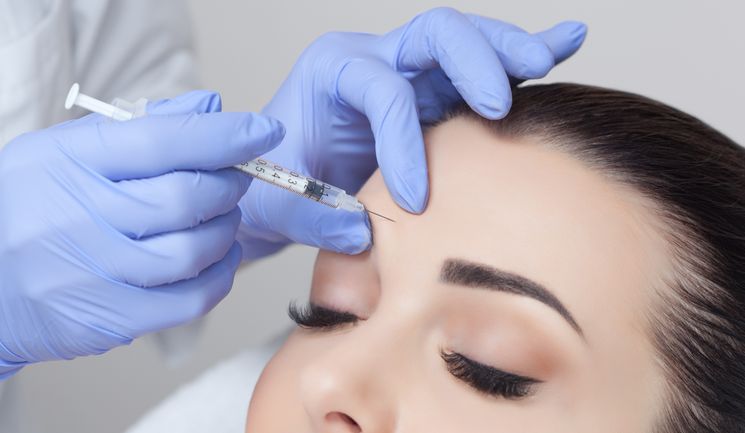A new study published in Plastic and Reconstructive Surgery has suggested that intradermal botulinum toxin injection, or microbotulinum, is a safe and effective method to treat skin flaws.
The authors of the study were from the Rigeneralab Centre for Regenerative Medicine and Pegaso University. A total of 62 patients – 54 women and eight men – participated in the study and the assessment was focused on skin texture, skin microroughness, and pore diameter before and 90 days after the microbotulinum injection.
To treat the face, a 125-US (Speywood units) vial of Azzalure was reconstituted with 1.25ml saline solution. Then, 0.5ml was drawn into a 1ml syringe and a further 0.5ml of lidocaine (0.5%), or saline if the patient reported allergy to lidocaine, was added to the syringe to make it a 1ml volume. Approximately 150 injections were then delivered into the superficial dermis using 32 gauge needles over the entire area, from the forehead to the cheek and down to the jawline.
The authors state in their conclusion that, “The results of this pilot study suggest that intradermal botulinum toxin injection, or so-called microbotulinum, is a safe and effective method to treat skin flaws affecting texture and microroughness and to reduce enlarged pore size.” The added, “It is to be preferred in middle-aged patients, between 36.5 and 53 years, looking for middle-term results, as the here-considered follow-up period does not extend beyond 120 days. Because of the high satisfaction rate among both physicians and patients, further studies are indeed mandatory to determine the optimal number of units needed for a longer and lasting effect with this particular novel dilution.”






